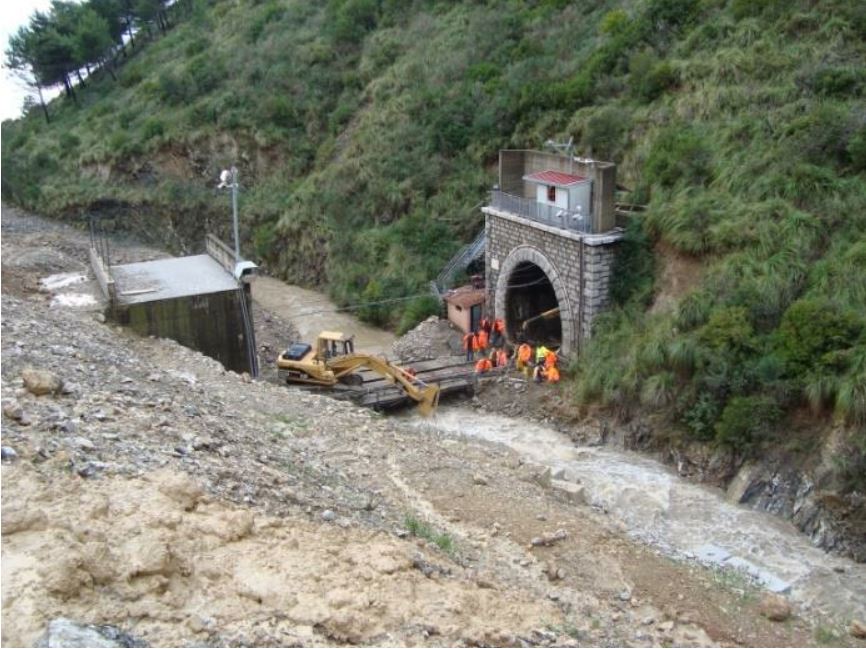Use of terrestrial laser scanner in landslide monitoring
Keywords:
Landslides, Monitoring, Terrestrial Laser Scanner, Georeferencing, DEM, GeomorphologyAbstract
In this note we present the results obtained in four consecutive Terrestrial Laser Scanner surveys of a landslide of 10 ha, without any
stable areas within the detected scenario and the processing aimed at the evaluation of the changes in the morphology of the landslide
area. For this purpose, have been adopted several methods which could be considered as complementary to one another: direct
adaptation of point clouds, differentiation of DEMs (Digital Elevation Models), elevation profiles along the same sections at different
epochs. Particular attention has been devoted to the estimation of the amount of mobilized material, calculated through the
differentiation of DEMs; evaluation of mobilized masses is particularly significant if performed considering the different landslide
bodies in which it is articulated the slope. As a matter of fact, landslide bodies may have different behaviors, depending on the
generation to which they belong, on their slope and on their lithology. The delimitation of the various landslide bodies was performed
on the basis of geomorphological maps (slope, aspect, curvature) extracted from the DEM.
To obtain these results it is necessary to overcome various problems, in particular the stability of the reference frame adopted for the
geo-referencing and the interpolation of an actually reliable DEM.
Terrestrial Laser Scanner allows to obtain good results in landslide monitoring providing that a set of procedures has been carefully
applied for the execution of the scans, their co-registration, georeferencing and for the interpolation of DEM.
Downloads

Downloads
Published
How to Cite
Issue
Section
License

This work is licensed under a Creative Commons Attribution-ShareAlike 4.0 International License.



